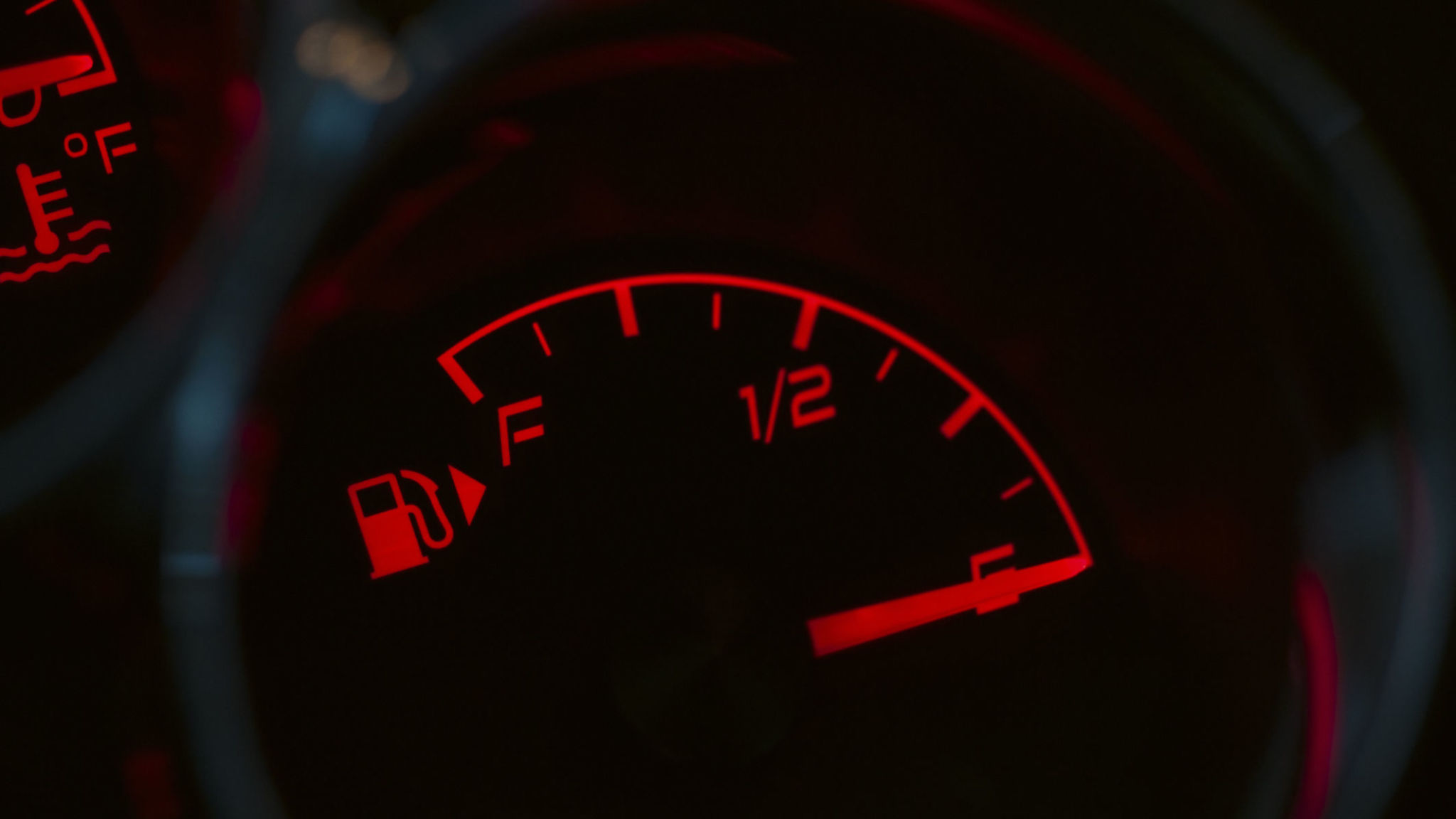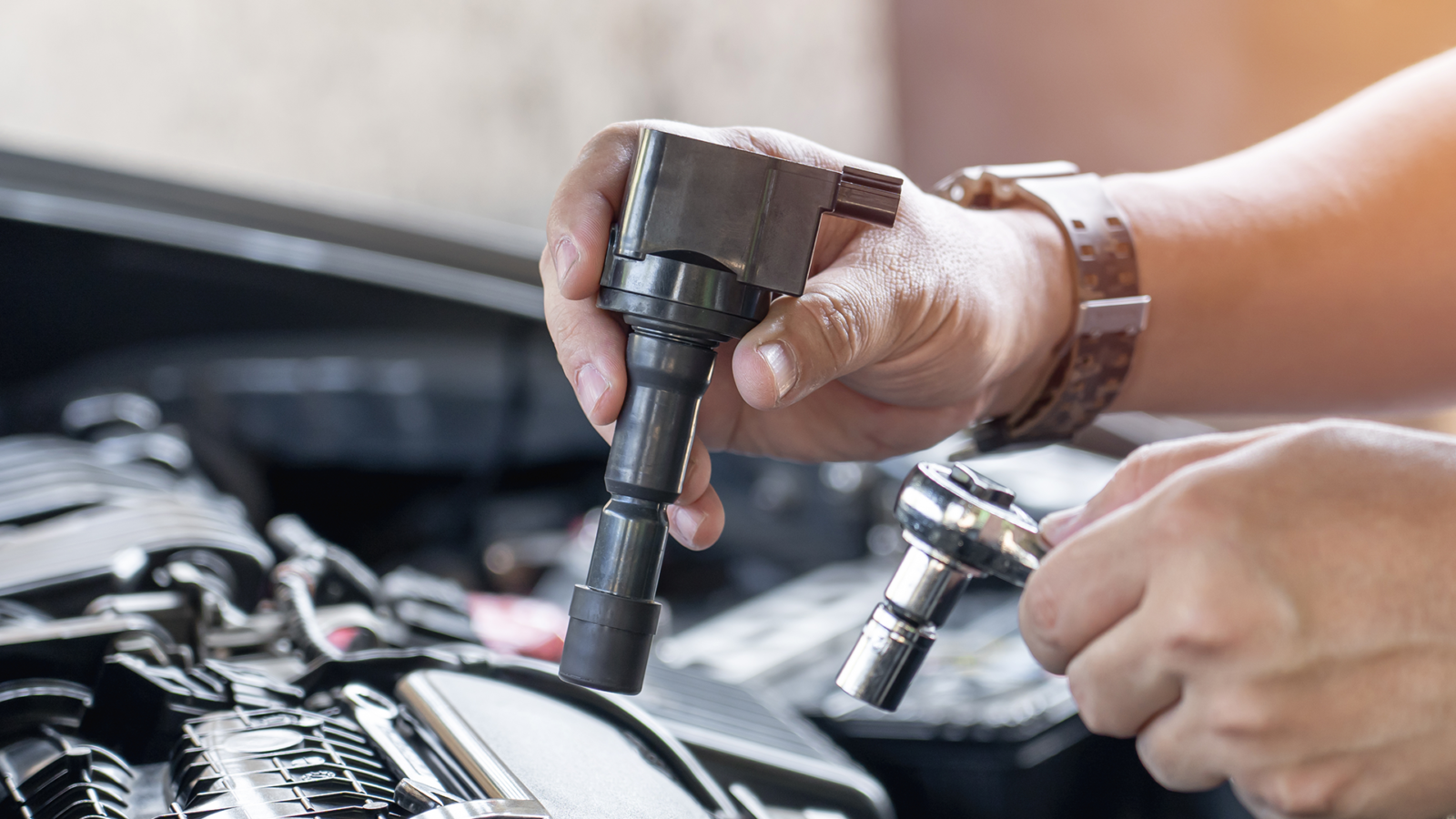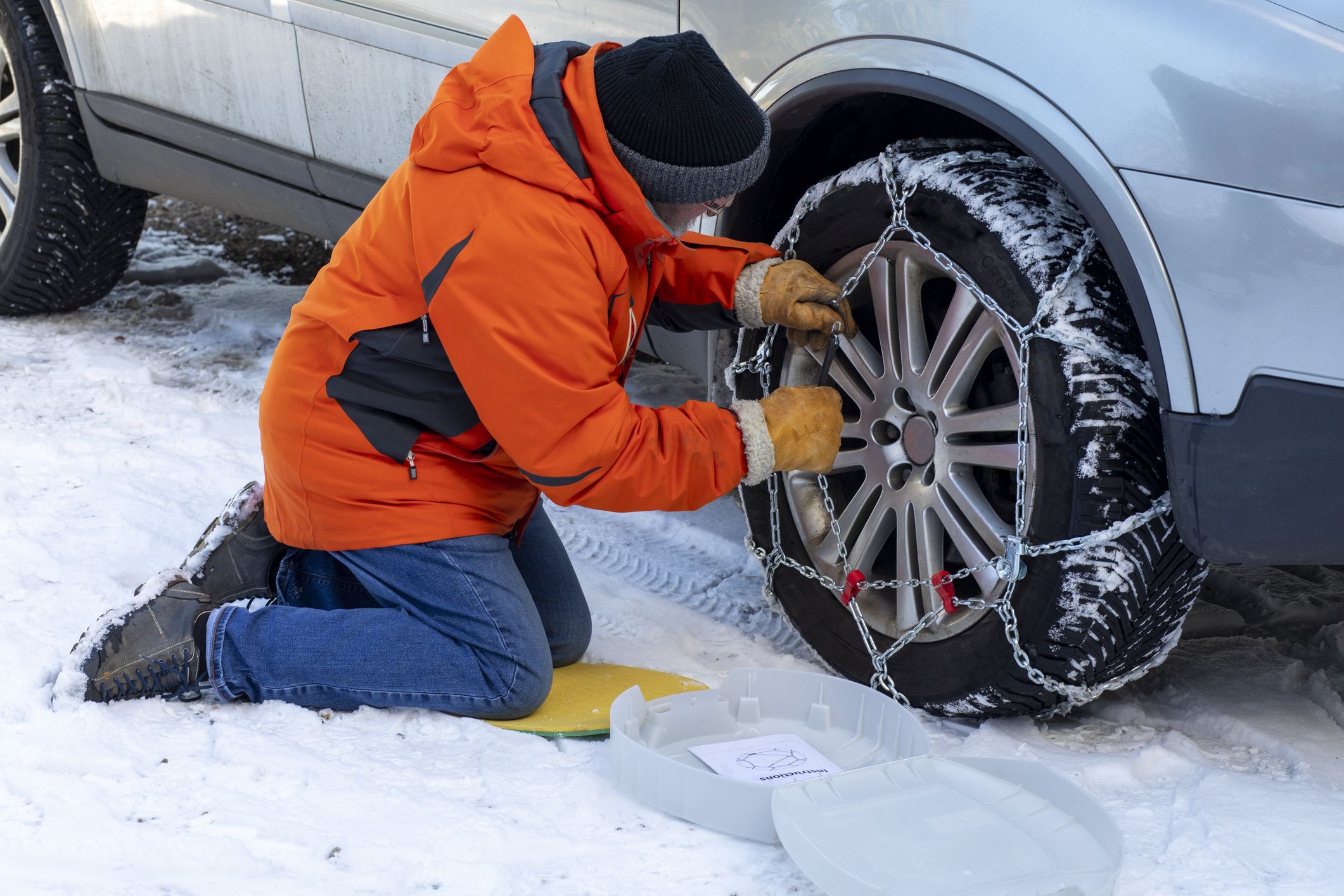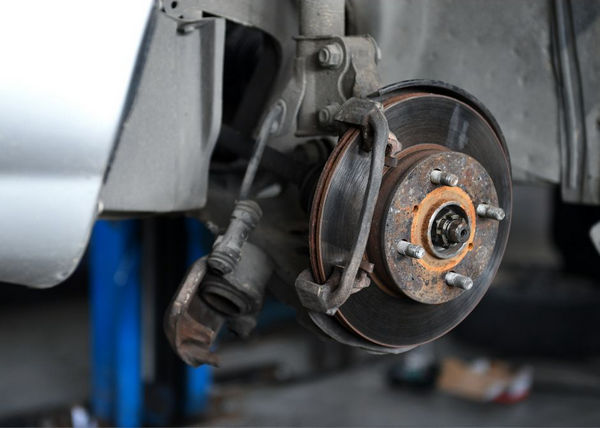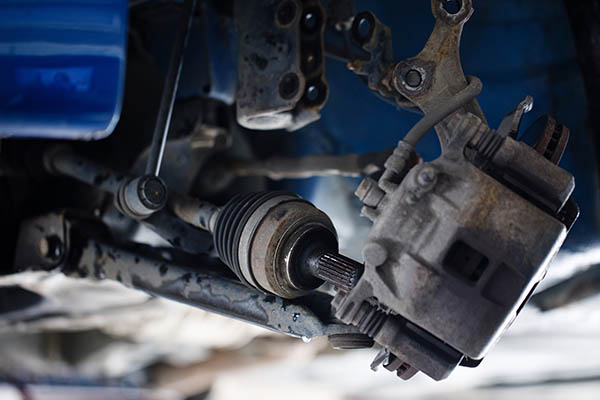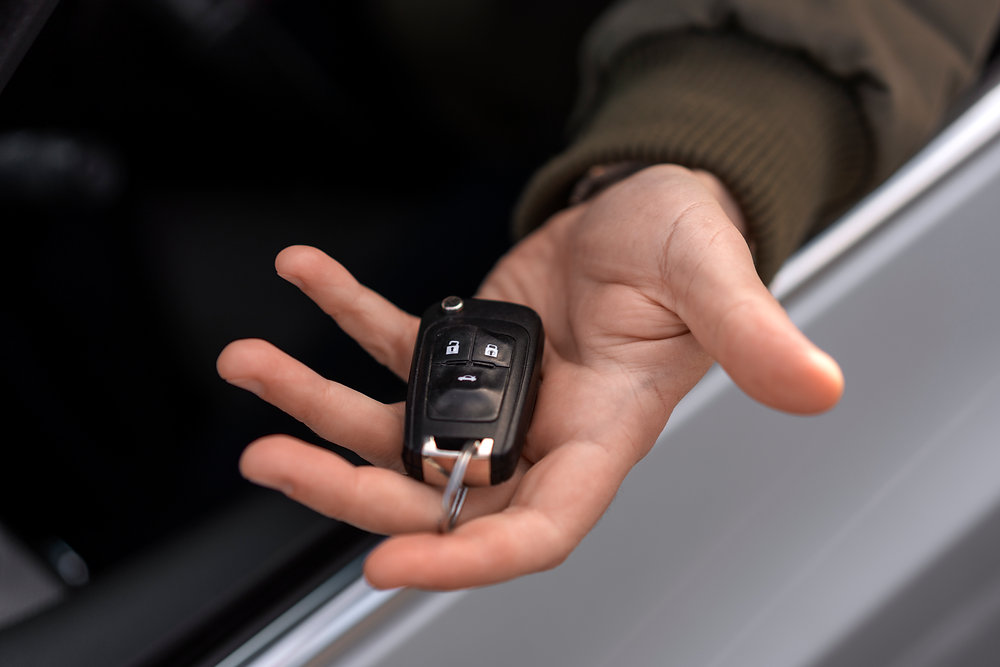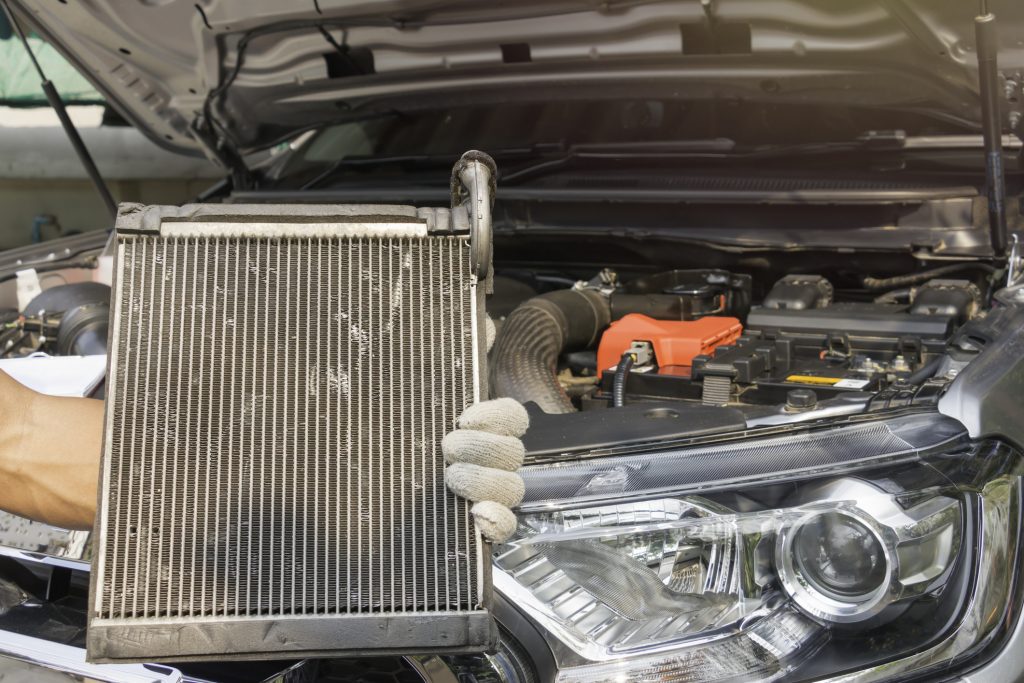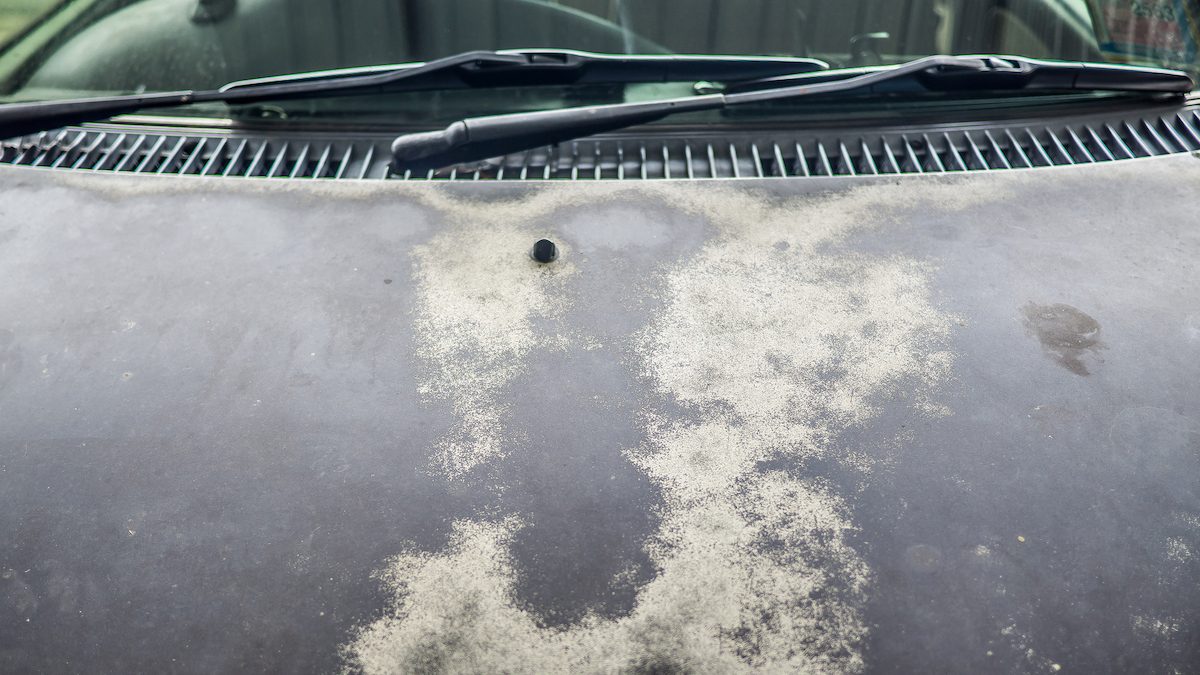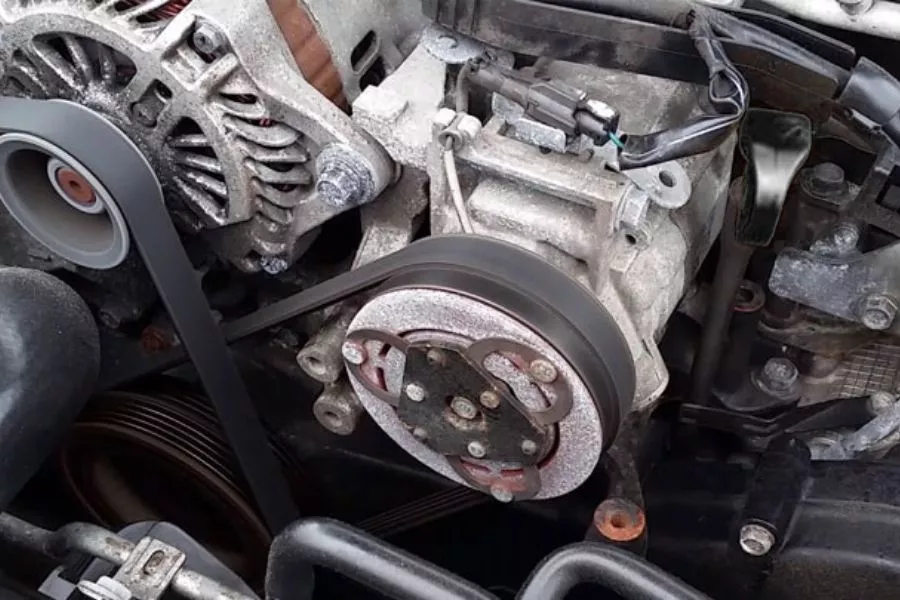Have you ever found yourself on a long drive, glancing nervously at the gas gauge as it sits dangerously close to empty? You’re not alone.
But what happens when the gas gauge stops working? It’s a scenario we’d all rather avoid, but it’s better to be prepared. Understanding how our vehicle’s gas gauge works and why it may stop working is essential knowledge for any driver. This article will delve into the common causes of gas gauge failure, providing practical advice and precautionary measures to help you avoid such situations.
What is a gas gauge and how does it work?
The gas gauge — an essential component in your vehicle — plays a vital role in alerting you when it’s time to refuel. It’s part of a complex system made of 3 main components: the gauge, the sender, and the circuit. These components work together to keep you informed of how much fuel is left in your tank. But problems can occur.
Common gas gauge problems
The most common causes of faulty gas gauges include sending unit failure, a blown fuse, circuit problems, and instrument cluster failure. We’ll discuss each in detail below.
Bad fuel sending unit
A faulty fuel gauge resistor in the sending unit can send full voltage to the fuel gauge at all times, causing it to read as full regardless of the actual fuel level. Other symptoms of a faulty fuel-sending unit include a fuel gauge getting stuck on empty or full and the fuel gauge behaving erratically. It’s like having a broken watch that either always reads 12 o’clock or jumps from time to time randomly.
Blown fuse
One common cause of a blown fuse is corrosion. Over time, elements such as moisture and salt can cause corrosion, leading to electrical issues that can blow a fuse. Once the fuse for the instrument panel is blown, it can affect the fuel gauge, making it read incorrectly or not at all.
Corroded wires and circuit issues
Corroded wires are typically caused by exposure to moisture, chemicals, or environmental factors such as salt or pollution. When corrosion occurs, it can lead to voltage and current flow degradation. When corrosion interferes with the electrical flow in your vehicle’s wiring, it can cause the gas gauge to read incorrectly.
Circuit issues can also lead to problems with your gas gauge. These issues could stem from a lack of source voltage or an interrupted ground. If the circuit delivering information between the sending unit (fuel level sensor) and the gas gauge is interrupted, the gauge may provide inaccurate readings. One common cause of circuit problems is poor-quality wire insulation.
Instrument cluster failure
Instrument cluster failure is the least common cause of gas gauge failure. However, if it does occur, it’s often the most expensive problem to fix. This is because modern instrument clusters are fully integrated circuits and may not even feature replaceable bulbs. If the gas gauge fails as part of the cluster, the entire unit must be replaced.
Can you drive with a faulty gas gauge?
The most obvious risk of driving with a faulty gas gauge is running out of fuel unexpectedly. This could potentially leave you stranded on the side of the road. More than the inconvenience of being stuck, running your vehicle on low fuel can cause the fuel pump to overheat.
Also, if your gas gauge isn’t working properly, allowing your tank to be constantly close to empty, debris can settle at the bottom of your fuel tank and cause problems with your fuel system.
How to fix a gas gauge
There are several tests to check the gas gauge. Be sure to consult with a professional if you’re not experience with safe vehicle maintenance practices. They include:
- Instrument cluster self-test: Turn the ignition switch on but don’t start the engine. Press and hold the odometer reset button. After a few seconds, the gauges and lights on the instrument panel will go through a series of checks. Pay close attention to the fuel gauge during this process. If it does not move or behaves erratically, there might be an issue with the instrument cluster.
- Fuel sender unit test: Disconnect the wire that runs from the sender unit to the gas gauge. Ground this wire and turn on the ignition. If the gas gauge moves to the full position, the sender unit could be faulty.
- Voltage test: Using a multimeter set to 20V DC, test the wiring going to the gauge. If it’s not receiving 12 volts, the gauge could be faulty.
- Ground wire test: Check the ground wire and ensure that it’s properly connected. If this wire is loose or disconnected, it can cause the gas gauge to give inaccurate readings.

